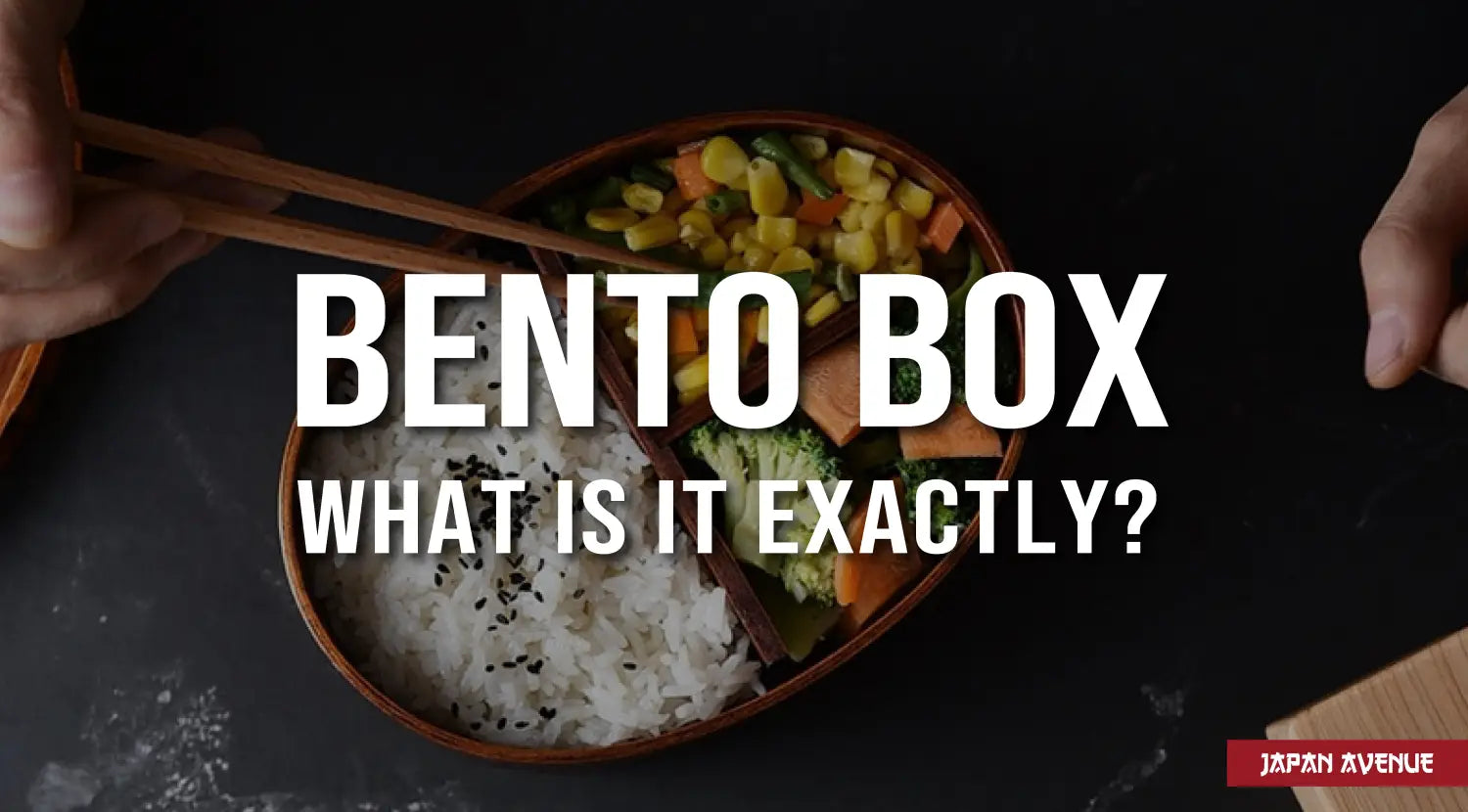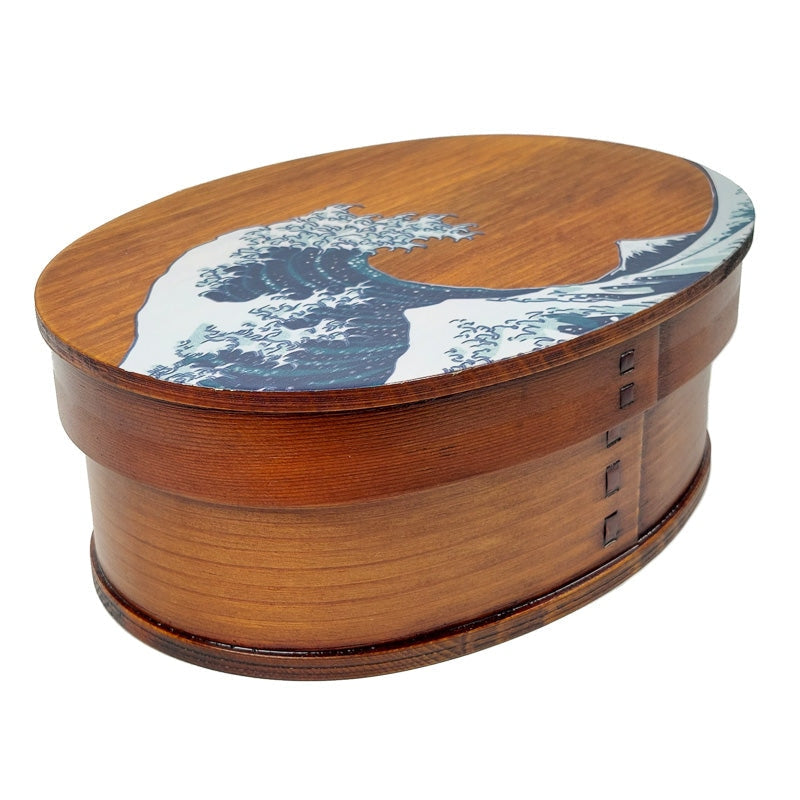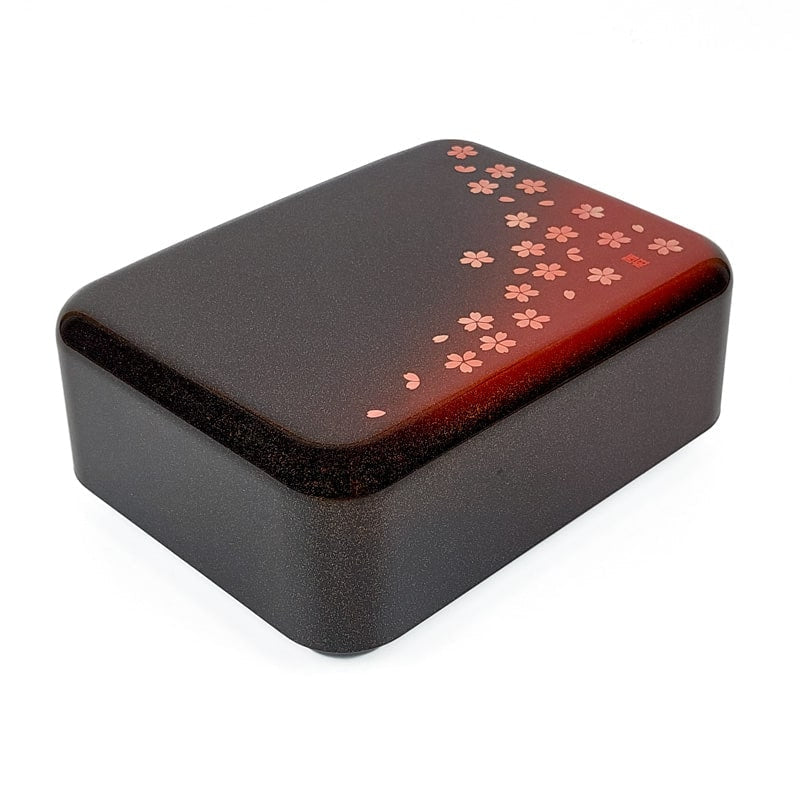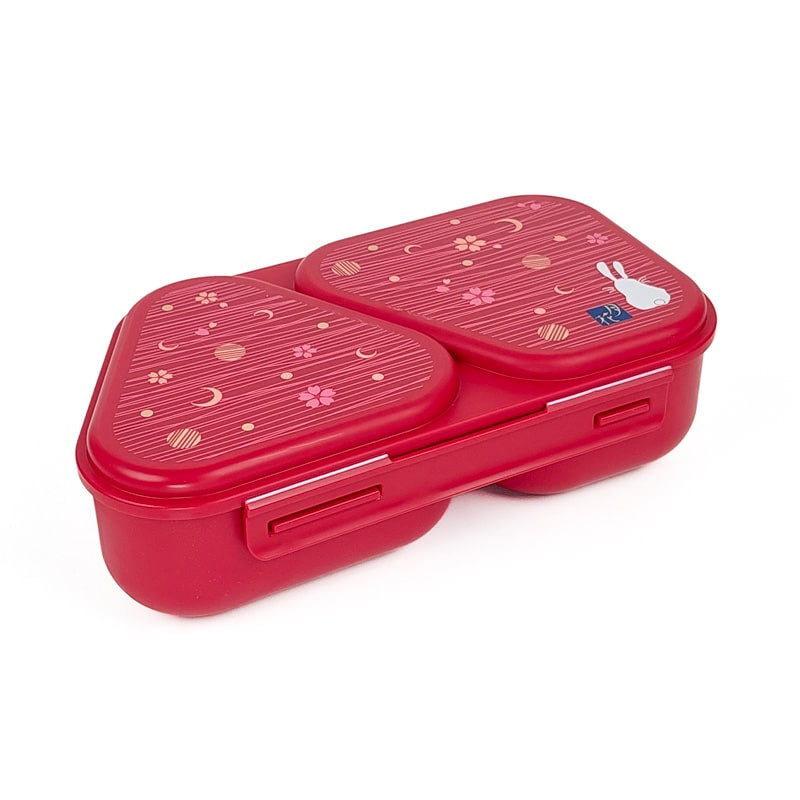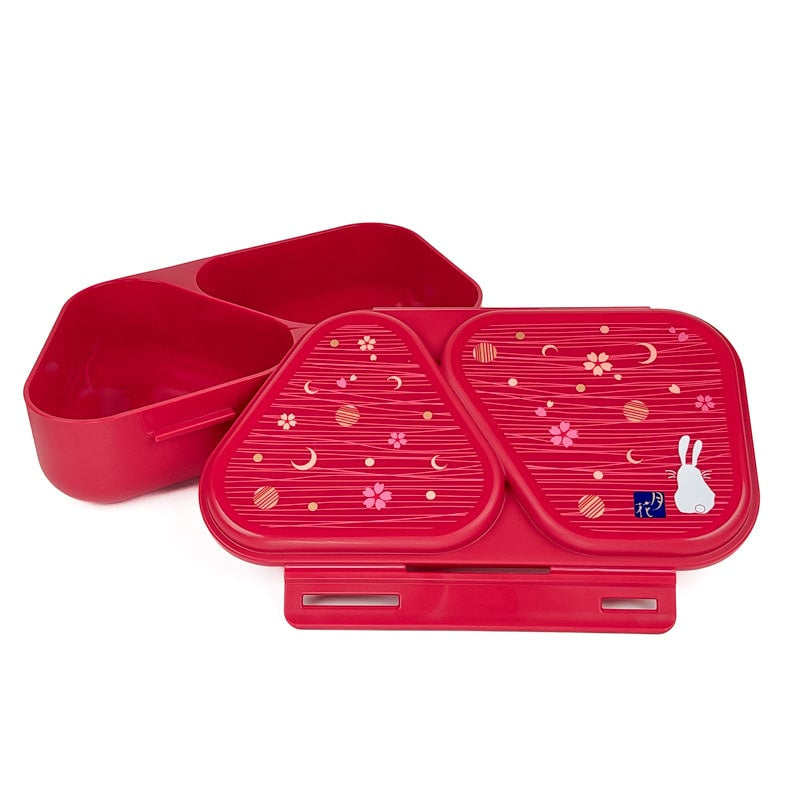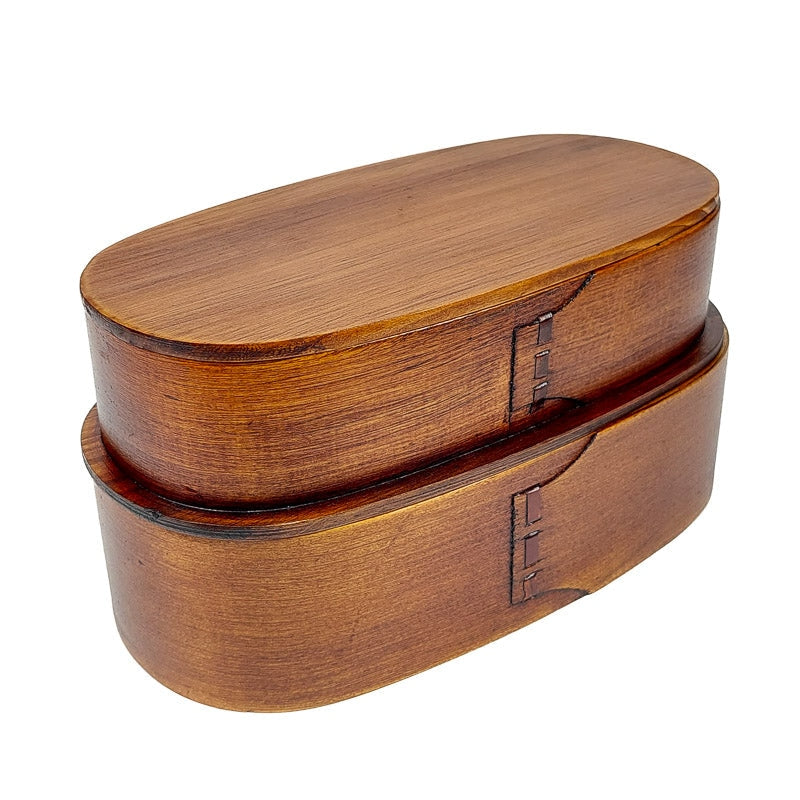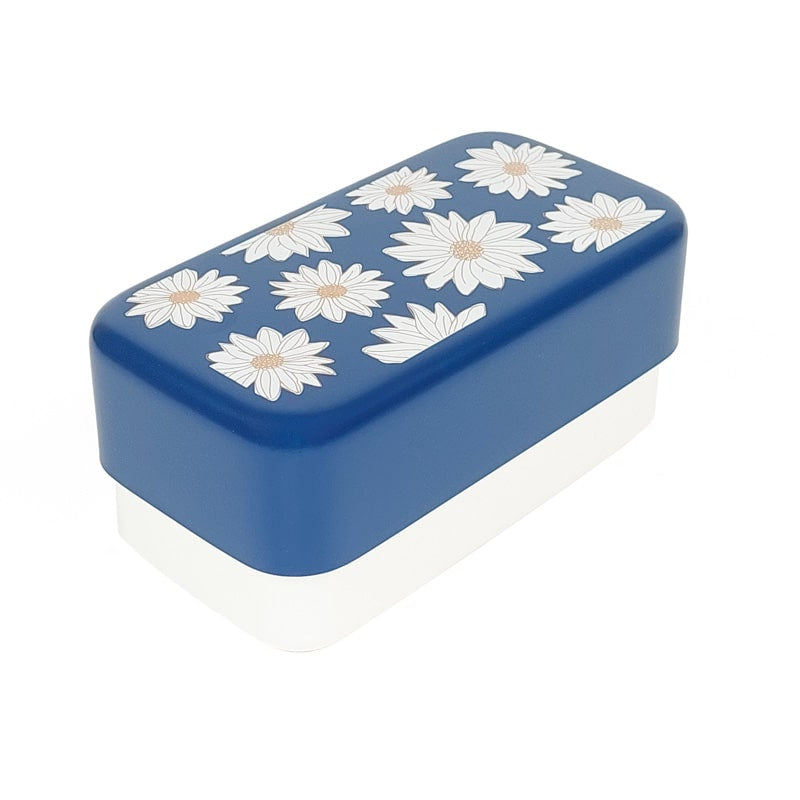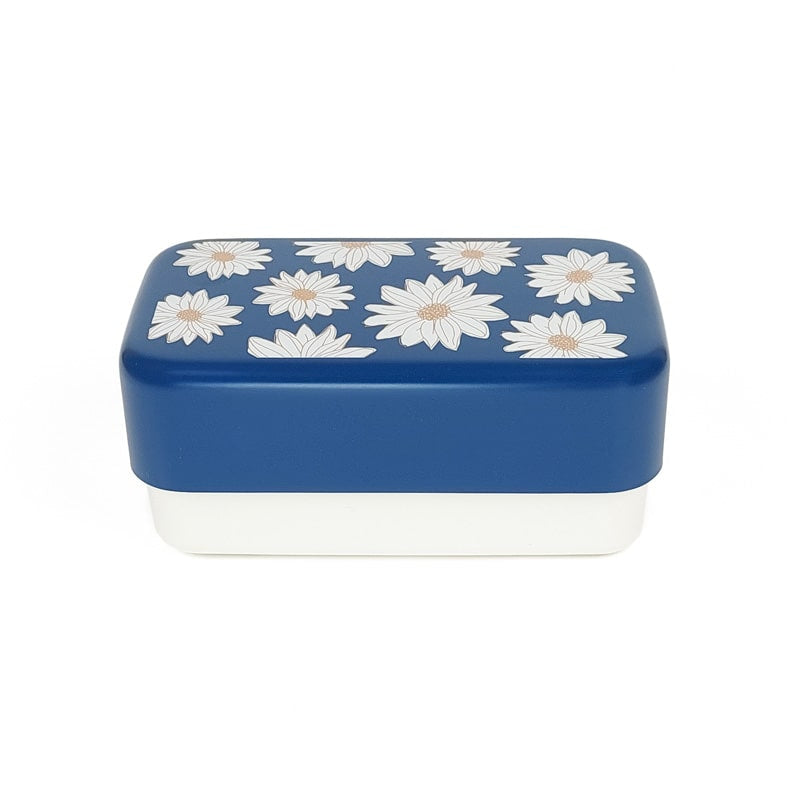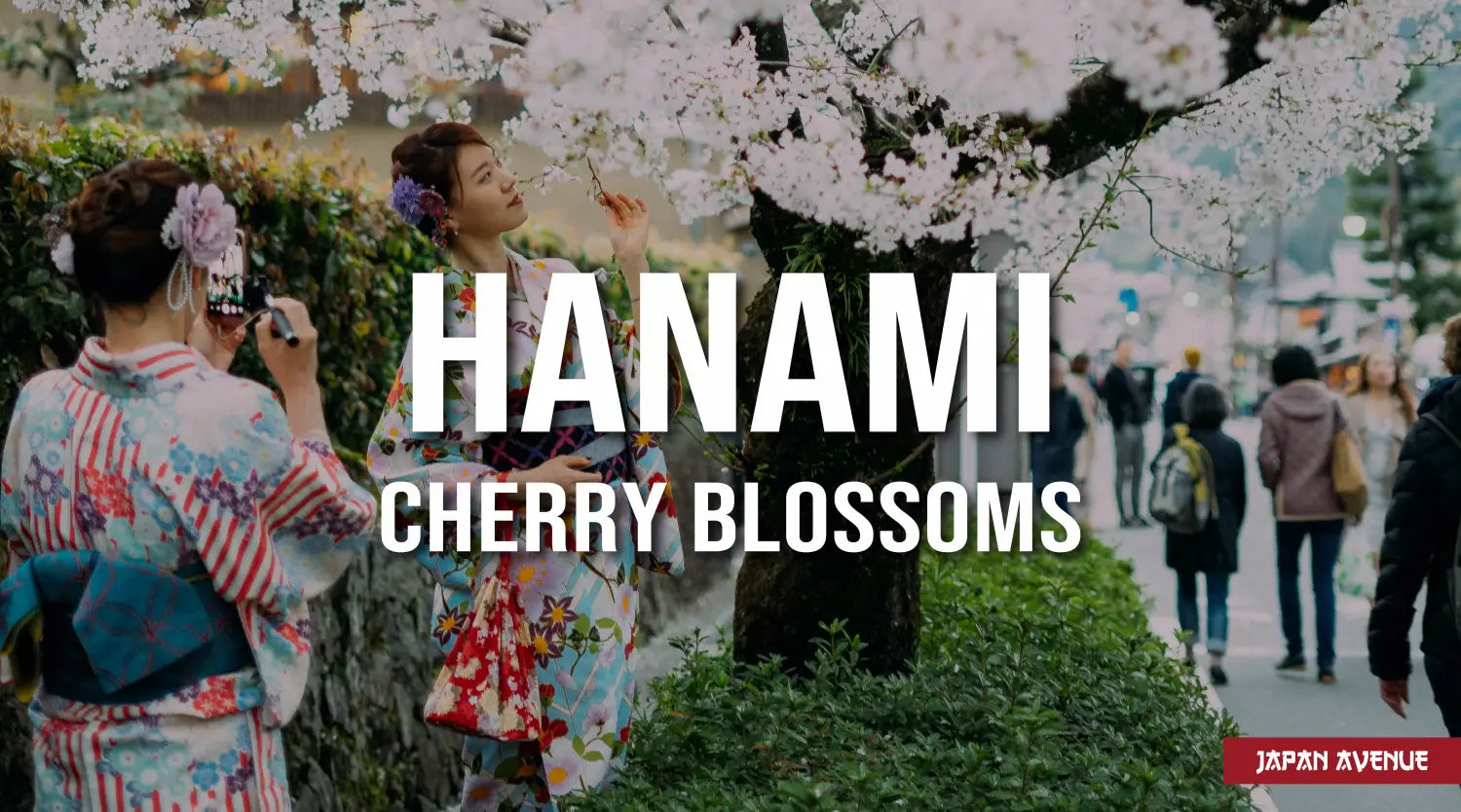In Japanese, the term bento refers to a Japanese lunch box, usually divided into compartments and with one or more layers, which allows you to take a quick meal with you for eating outside.
Discover this Japanese lunchbox that will make you want to say goodbye to your Tupperware that turns your meals into a shapeless mush, your industrial salad in its unique packaging or your sandwich bought way too expensive at the local bakery.
History of the bento box
In Japan, the tradition of compartmentalizing food in a box in order to easily have a meal outdoors does not date from yesterday, but from the 12th century. Originally, the bento box was filled with rice and dried fish which was later replaced by rice balls with vinegar (onigiri). Nowadays, Japanese bento boxes can consist of all kinds of foods, according to your taste and desire.
During the Edo period, this meal box was related to special events such as hanami (picnic under cherry blossoms) or hina matsuri (girls' day). In traditional Japanese theater, known as kabuki in Japanese, the makunouchi bento was eaten during the intermissions when the curtain (maku) was lowered.
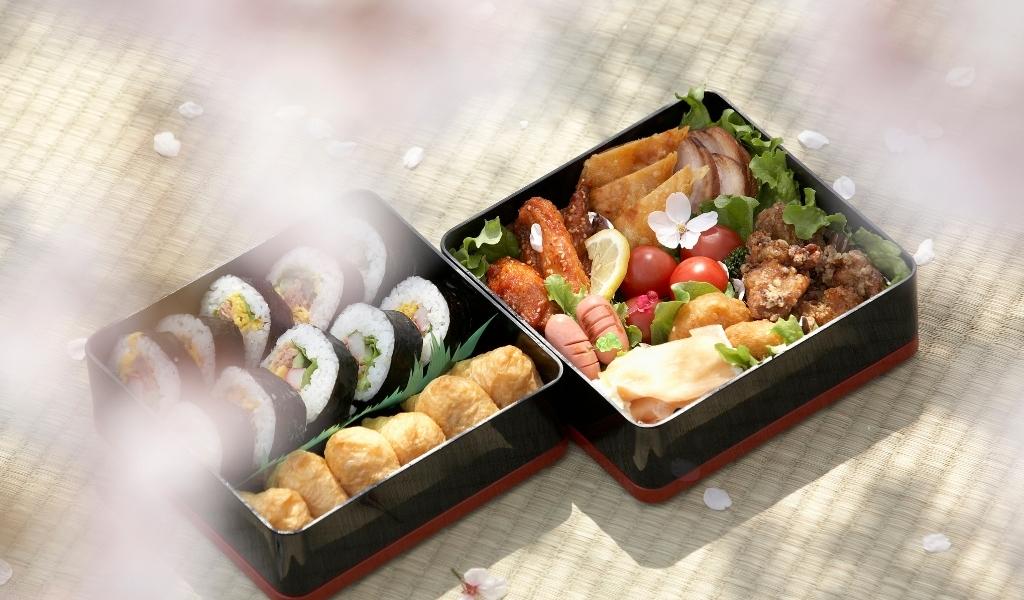
Bento box prepared and eaten during a picnic under the cherry blossoms (hanami).
Traditionally, bento boxes include take-away meals, prepared at home. Nowadays, it is possible to buy ready-made bento in konbini, supermarkets, some restaurants and even in train stations, where the bento is known as eki-ben.
How to choose your bento?
The size of the box may surprise you at first, especially those who tend to have eyes bigger than their stomach, but the bento box has the advantage of being adapted to your (real) food needs of the day and being easily transportable at the same time.
To choose the right bento box, the gender and age of the person should be taken into account. Thus, for a woman between 18 and 60 years old, a suitable bento box will have a capacity of 700 ml. For men between 18 and 60 years old, a 900 ml capacity bento box is ideal. There also exists many boxes with larger capacities for those who are afraid of not having enough to eat or for those who want to take an extra snack for the 10 am or 4 pm hunger. In this case, a bento box with a 1400 ml capacity will be perfect.
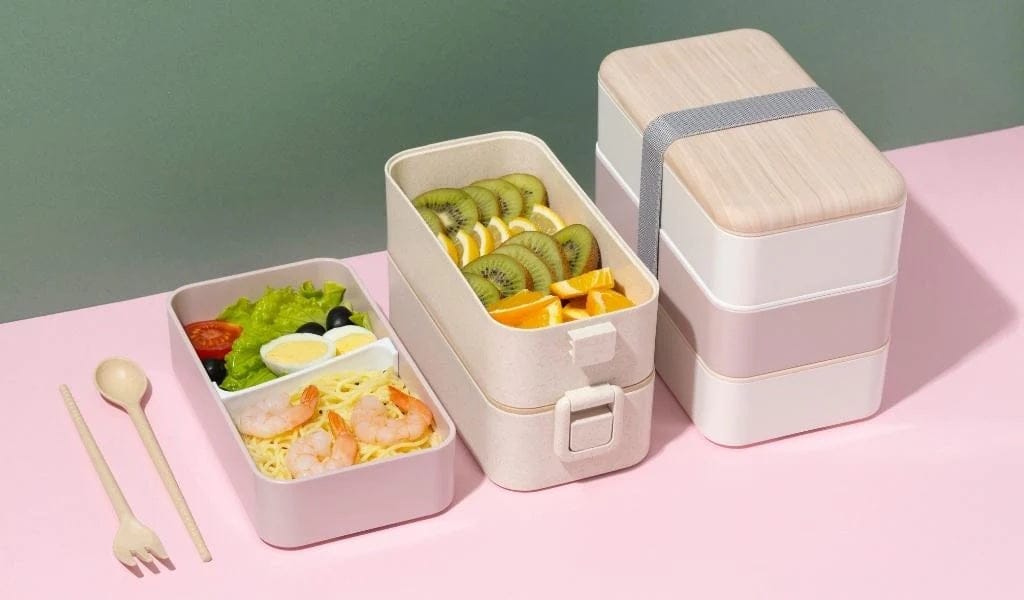
Lunchbox with multiple layers.
You can choose your bento with one, two or three layers. The advantage of the multi-tiered bento is that you can separate them, so that you can microwave only one compartment - your main dish - while enjoying your fresh salad in the second compartment. Nowadays, you can either choose from the traditional wooden bento or a more modern version in plastic and rice straw, but you can also select among different shapes: oval, square, rectangular, high or flat.
How to compose your bento?
In Japan, the bento is not only a meal box, but also an art. Food must be arranged in a harmonious way, both in terms of taste and visual appearance.

Traditionally, the bento is prepared early in the morning by Japanese mothers for the lunches of her children and her husband. Mothers are very creative in preparing kawaii bento that will make their kids feel like eating all kinds of food, even the vegetables. For this, the food is shaped and cut to look like Japanese cartoon characters, landscapes or animals. These bento are called kyaraben and are a great opportunity for stay-at-home moms to compete with each other and see who can create the most beautiful and colorful bento for their children.
A bento box is primarily designed to provide a complete and balanced meal. Therefore, the different compartments of the bento box allow to compose a lunch according to the following proportions:
- 40% rice or other starchy food
- 30% protein, found in meat or fish
- 20% vegetables
- 10% fruit for dessert
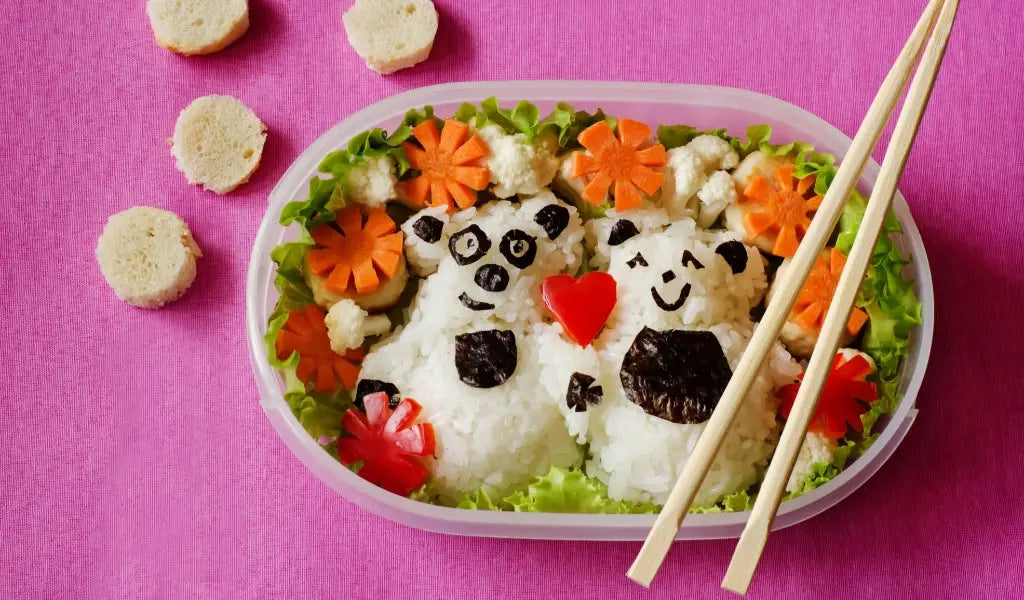
Traditionally, Japanese mothers prepare bento early in the morning for their children's and husbands' lunches. Mothers use their ingenuity to prepare kawaii bento that will make their children want to eat everything, even vegetables. The food is shaped and cut to resemble Japanese cartoon characters, landscapes or animals. These bento are called kyaraben and present a great opportunity for stay-at-home moms to compete to see which of them will prepare the most colorful composition for their children's bento.
Three reasons to adopt a bento box
Whether it is for school, work, outdoor activities, long train rides... bento boxes are omnipresent in Japanese life. After reading these three reasons to adopt one, you will probably fall for them too.
- A complete, healthy and balanced meal. By preparing this meal yourself, you can control the proportions and quality of the food you eat.
- A considerable saving of money. By eating out every day, at the canteen, the small restaurant across the street or the nearest bakery, you spend about 3500$ per year on food. The bento box is an interesting economical alternative as you can take the leftovers of the day before in your box.
- An eco-friendly gesture, easy to implement. With your reusable lunch box you avoid single-use plastic packaging and food waste. Small gestures that make a big difference.
Practical, the Japanese bento box is airtight to keep the heat in and avoid leaks in your bag. Hygienic, it can be easily washed for daily use. Resistant, you will invest in a lunch box that will become a faithful companion for all your outdoor lunches.

